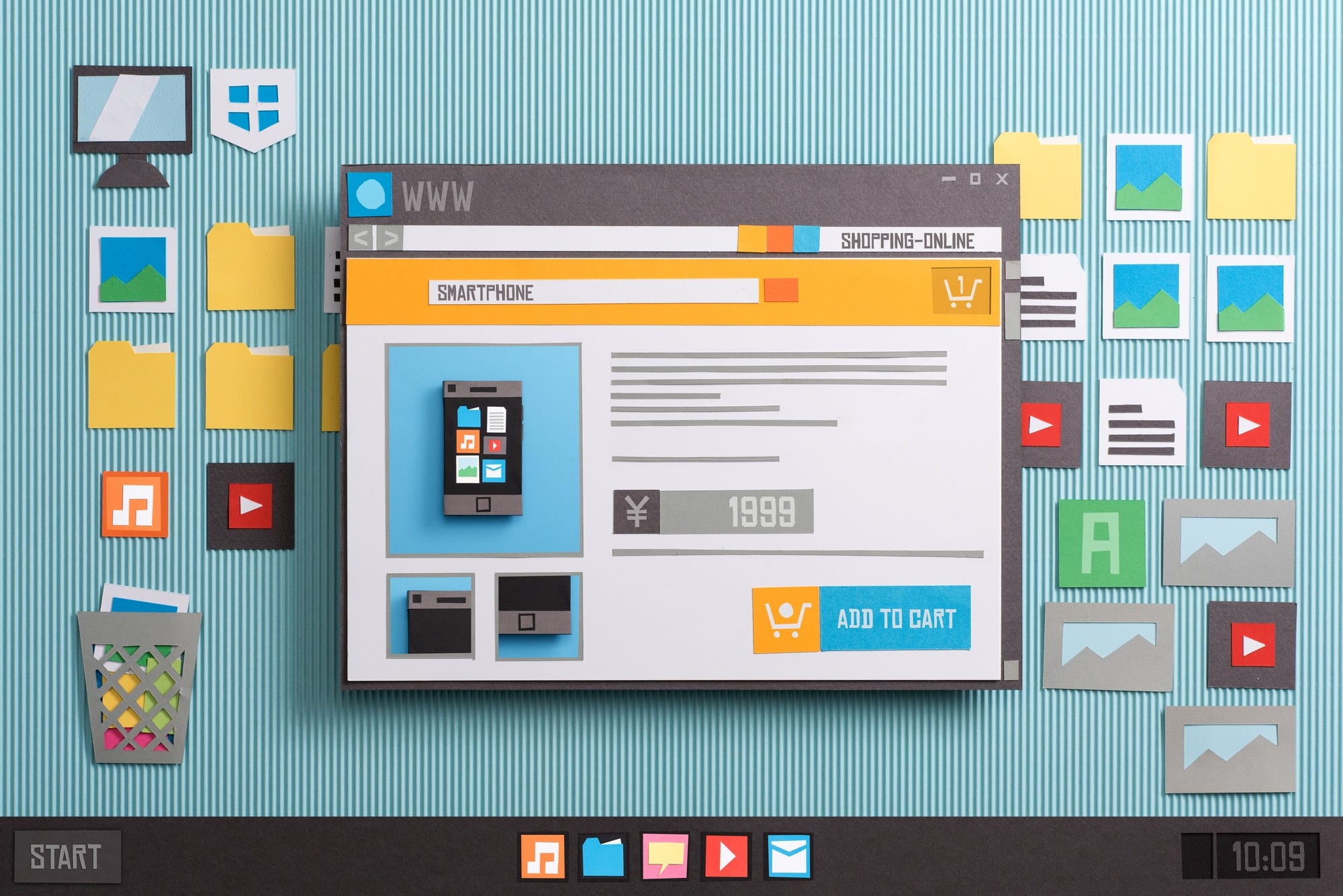The pandemic was the first time many people and businesses experimented with remote work for the first time. But it only expedited a change that was already taking place. A lot of businesses now realize how cost-effective remote work can be since there are fewer overhead costs. Employees are happy because they don’t have to waste hours commuting to and from work. For most businesses where employees can work from home, it’s a win-win situation. And if you are using the right tools, like Microsoft Teams, you can extend the “remote” umbrella to the customers as well.
How Remote Work And Customer Interactions Work With Microsoft Teams
Microsoft Teams is a “business communication platform,” or simply put a collaboration and communication software, that’s part of Microsoft 365 products. It can be used to make remote work more productive as well as reaching out to customers.
Working Remote With Your Team
When you are using Microsoft Teams, you can set up different channels to reflect different teams within your office. The teams can have overlap with one another, but it’s a good idea to create different channels for different departments, projects, and even management levels, so the relevant information remains consolidated and discreet. You can have conversations in these channels, hold video meetings with the members, and share documents and files.
Another great feature is that you and your team can work on a shared file simultaneously. This includes Powerpoint, Excel and Word documents. So if you are in a meeting/video call with your team members, discussing a presentation, everyone can give their input, and the relevant team members can modify the presentation in real-time. That’s helpful even when you aren’t working remotely.
The video conferencing and instant messaging features allow you to create a semblance of “workplace,” even when working remotely. This fosters a better morale for your remote organization. Better morale means more productivity. You can use the whiteboard app to discuss ideas. These whiteboards are available to reuse and store for future discussions. If your team doesn’t consider it an invasion of privacy, you can use Microsoft Team’s productivity score to track the time each member spent on Microsoft 365 software.
Working Remote With Your Customers
How did you connect with your customers before the pandemic forced you into working remotely? Via emails, chats, or phone calls? The good news is that you can replicate all of them with Microsoft Teams. Since it seamlessly connects with Outlook, you can consolidate and manage your emails to customers without a hitch.
You can add your customers as guests on your Microsoft Teams accounts, which might be a bit long-winded since they have to create a Microsoft Teams account (if they don’t have one yet). But that is expected to change with Team Connect launching later this year.
But when it comes to customer support, Teams Calling is the feature to master. It can help you connect traditional phones and VOIP devices to Microsoft Teams and includes additives like spam identification and Collaborative calling. It’s comprehensive enough that even if your customer service team is dispersed (everyone working remotely), you can make your customer service work through Microsoft Teams.
Conclusion
Microsoft Teams is a powerful collaboration platform, and as we slowly move towards a future where remote work is commonplace, tools like Microsoft will become indispensable. It’s a good idea to get used to the features and explore the strengths and weaknesses of the platform.









